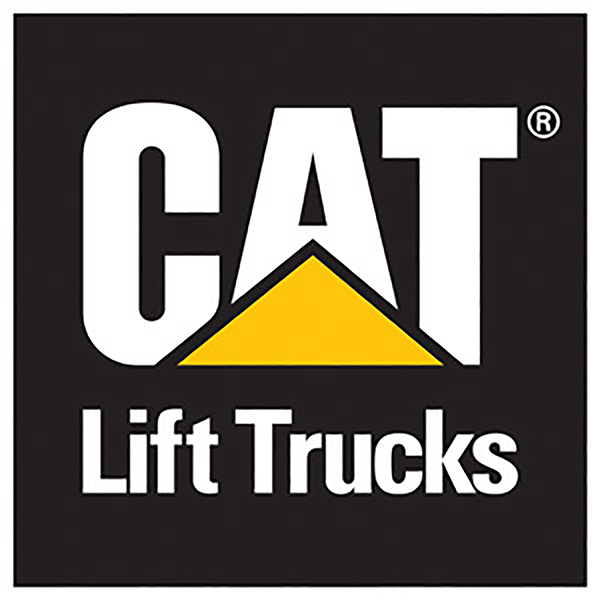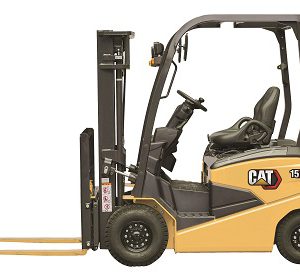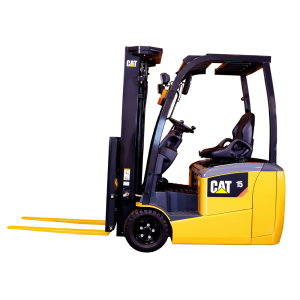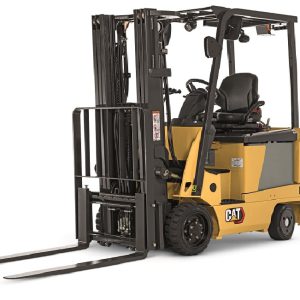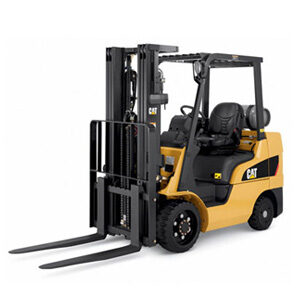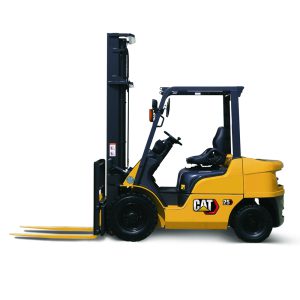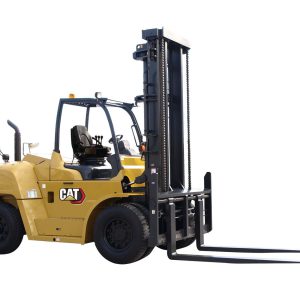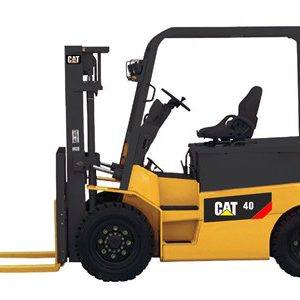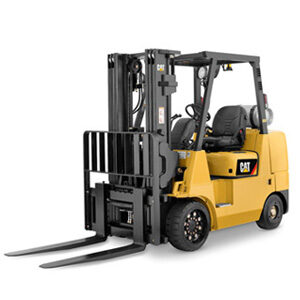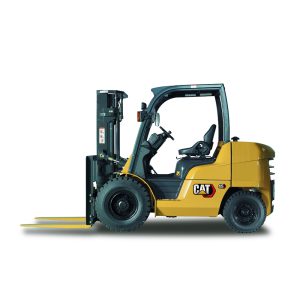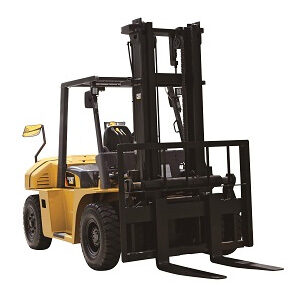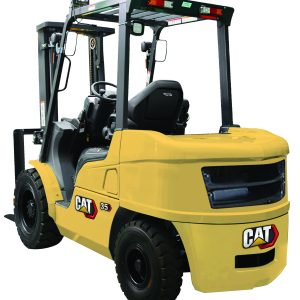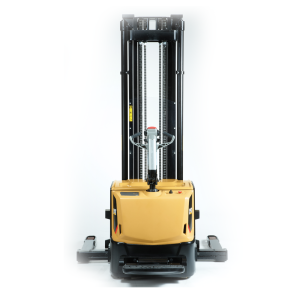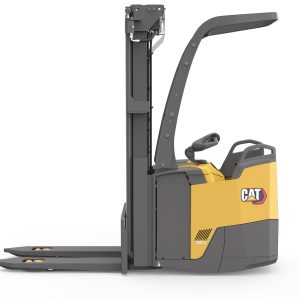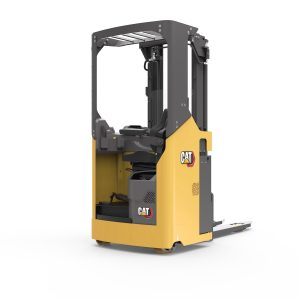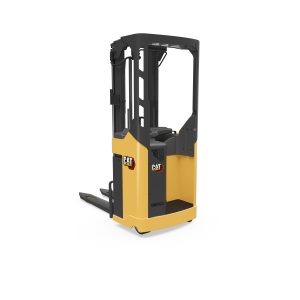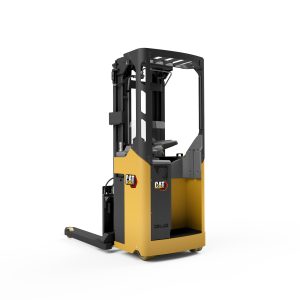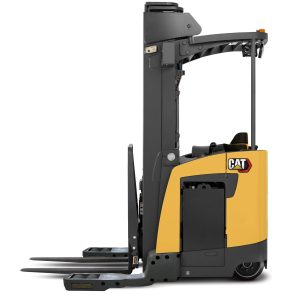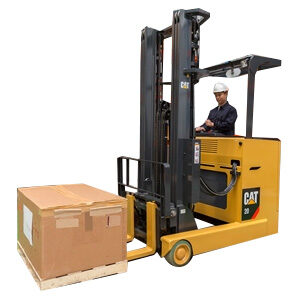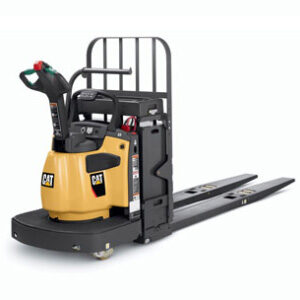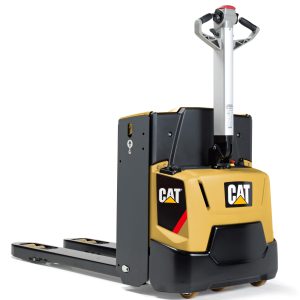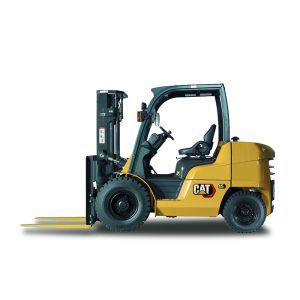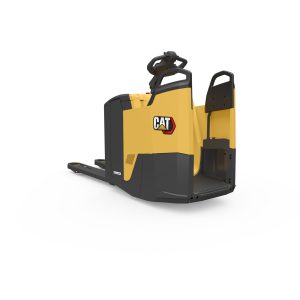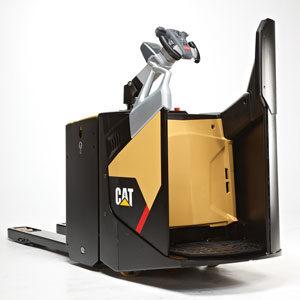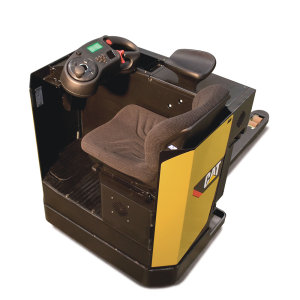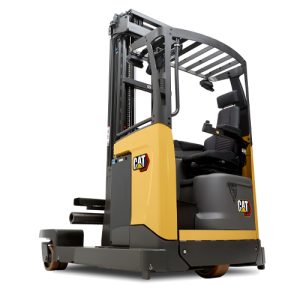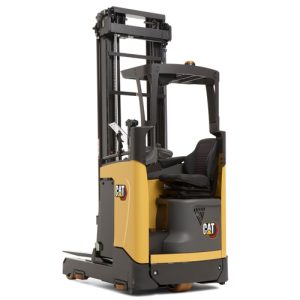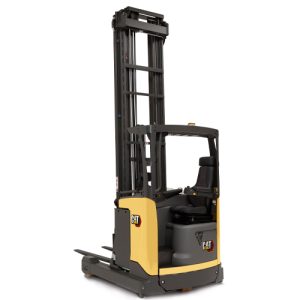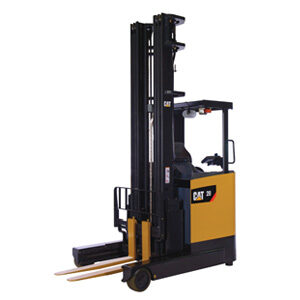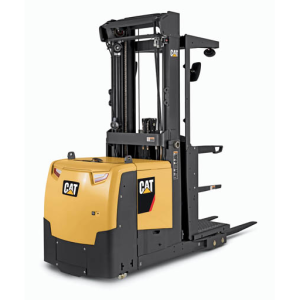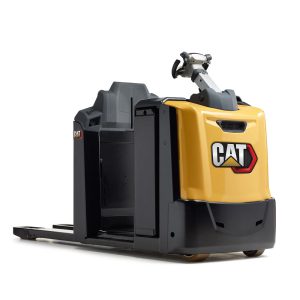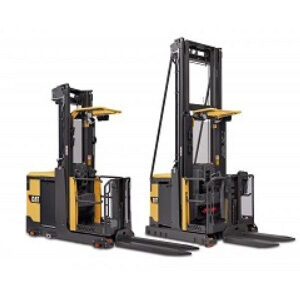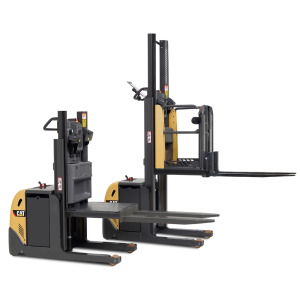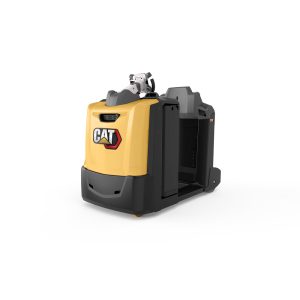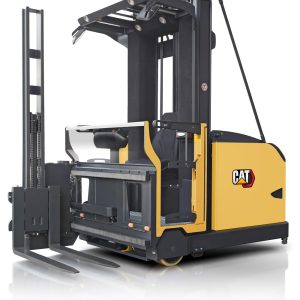
Short-shuttle forklift work: Five ways to save time and money
01/06/2018
Intensive, short-shuttle forklift tasks offer a great opportunity to improve productivity and cut costs – because a few pennies or seconds saved on each run soon mount up. Here are five quick tips to boost your efficiency…
1. Confidence boosts productivity
In over 20 years of field research, the most important factor in forklift productivity has always been the operators’ confidence that the truck will behave as they expect. That ability to work instinctively, without hesitating or worrying over the controls, saves more time than lift speed, acceleration or any other statistic – especially when the pressure’s on.
So look first and foremost for a truck that’s great to drive – naturally stable, with comfortable, car-style pedals, adjustable steering and controls in just the right place: one where the operator feels ‘at home’ from the start.
2. Pay attention to fuel consumption
Many companies doing intensive, short-shuttle work now find their forklifts’ fuel bills are higher than the rental or purchase payments. With some trucks burning up to 40% more fuel than rivals in the same class, it’s well worth doing some calculations to see what your costs are likely to be.
If you’d like some help, here’s a guide to working out fuel costs, or ask a dealer you trust.
3. Fit a speed controller
As fuel consumption is so important, and top speed is not, why not look at limiting your forklift truck’s speed? You’ll instantly reap an impressive cost saving, without harming productivity at all; especially with new, intelligent speed controllers for IC engine trucks, which don’t reduce performance on ramps.
As a bonus, your drivers can spend less time thinking about speed – increasing productivity – plus, of course, you’ll improve safety too.
4. Load and fork tip visibility
A clearer view through the mast means operators can work faster, and the most important part is their ability to see the fork tips and load at all times.
The critical moments during loading and unloading are the place where most time is won and lost – and thousands of accidents occur – so seeing exactly where the forks and load are will save vital seconds every time, improve safety, and reduce stock damage costs as well.
5. Ask about service intervals
Recommended service intervals can vary by as much as 50% between forklift truck brands. Remember: less servicing doesn’t just mean lower costs, it also means less downtime.
For example, some forklift trucks still use automotive engines with a conventional timing belt that needs changing every 2,000 hours. Choosing a truck with an industrial, chain-drive engine might save you a whole day per truck, once or twice every year.

